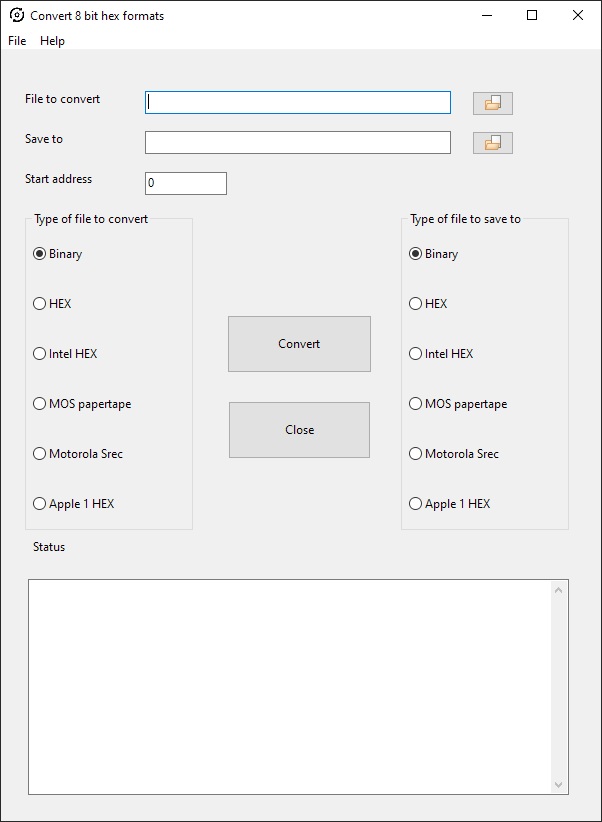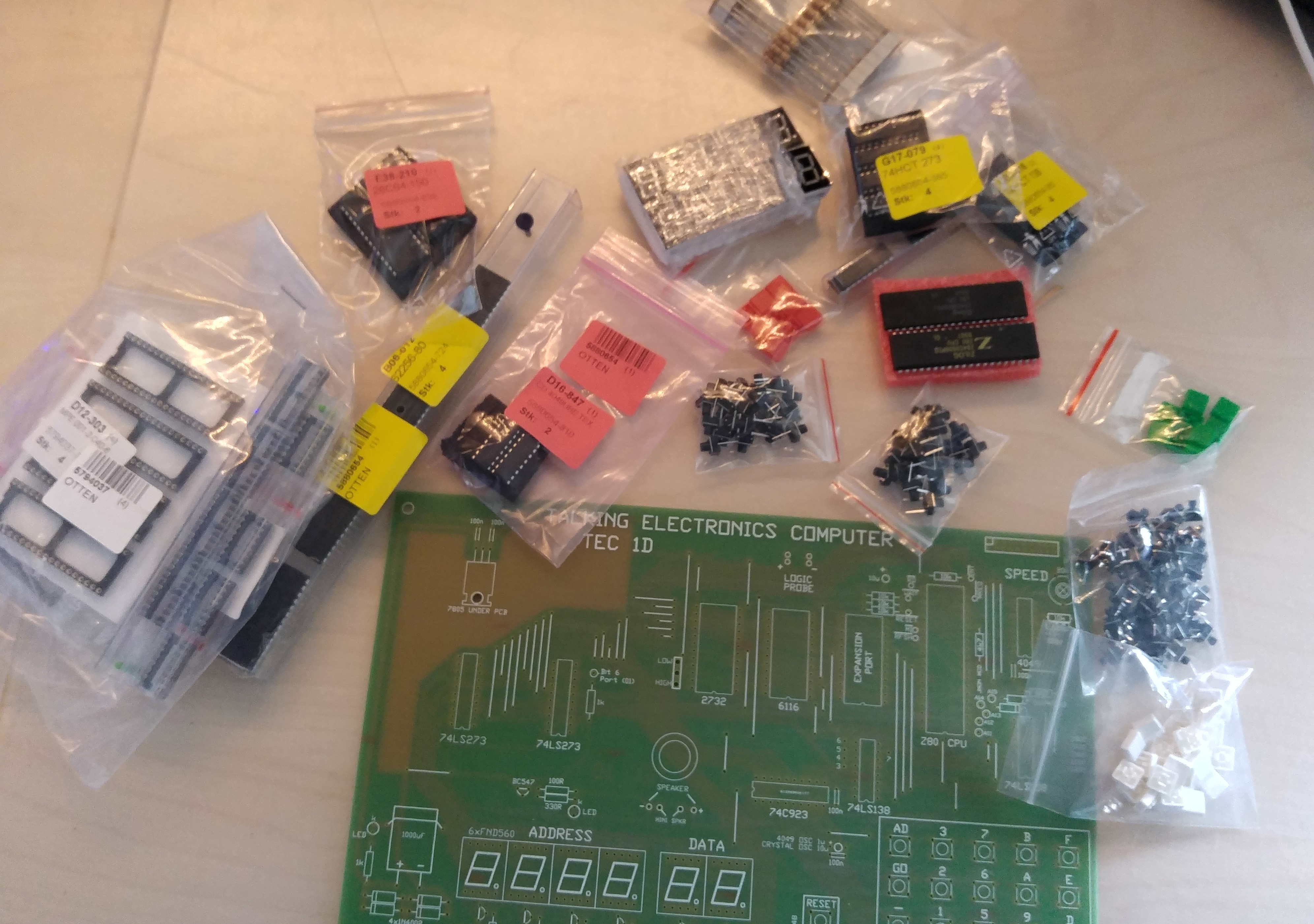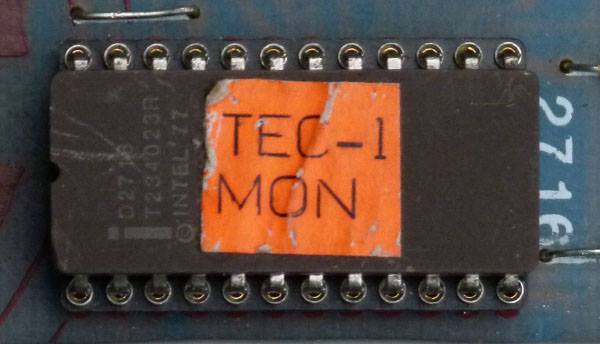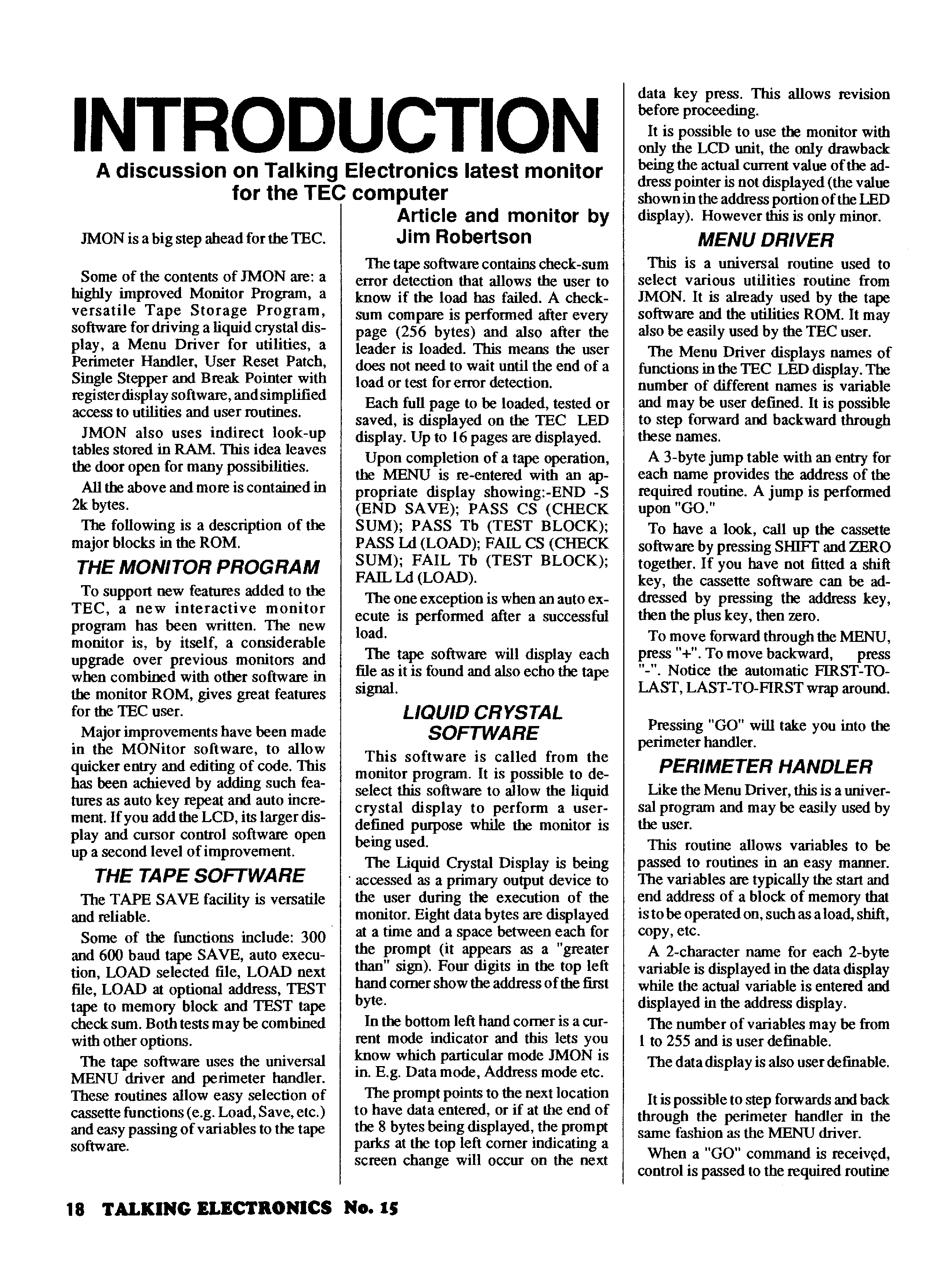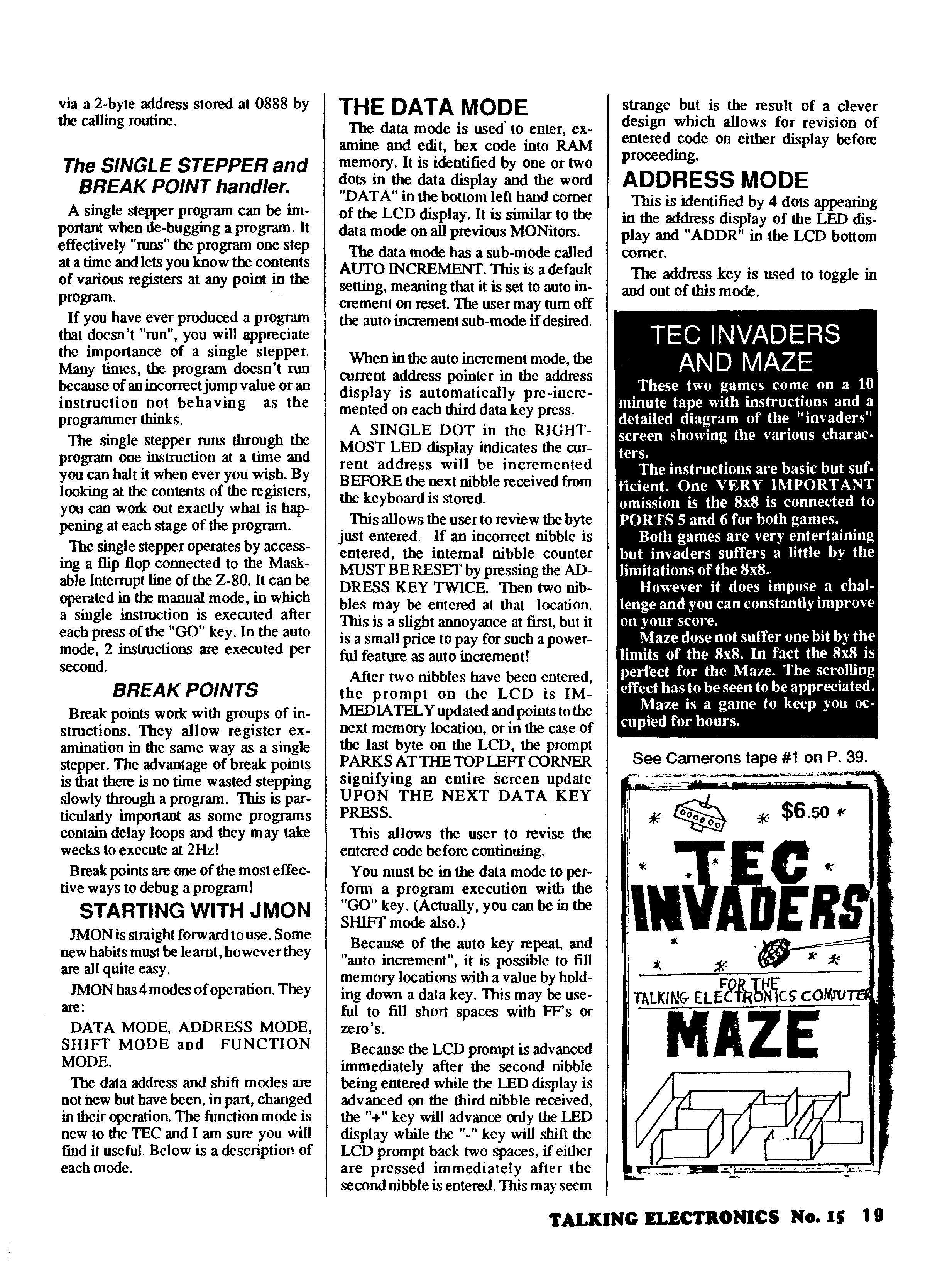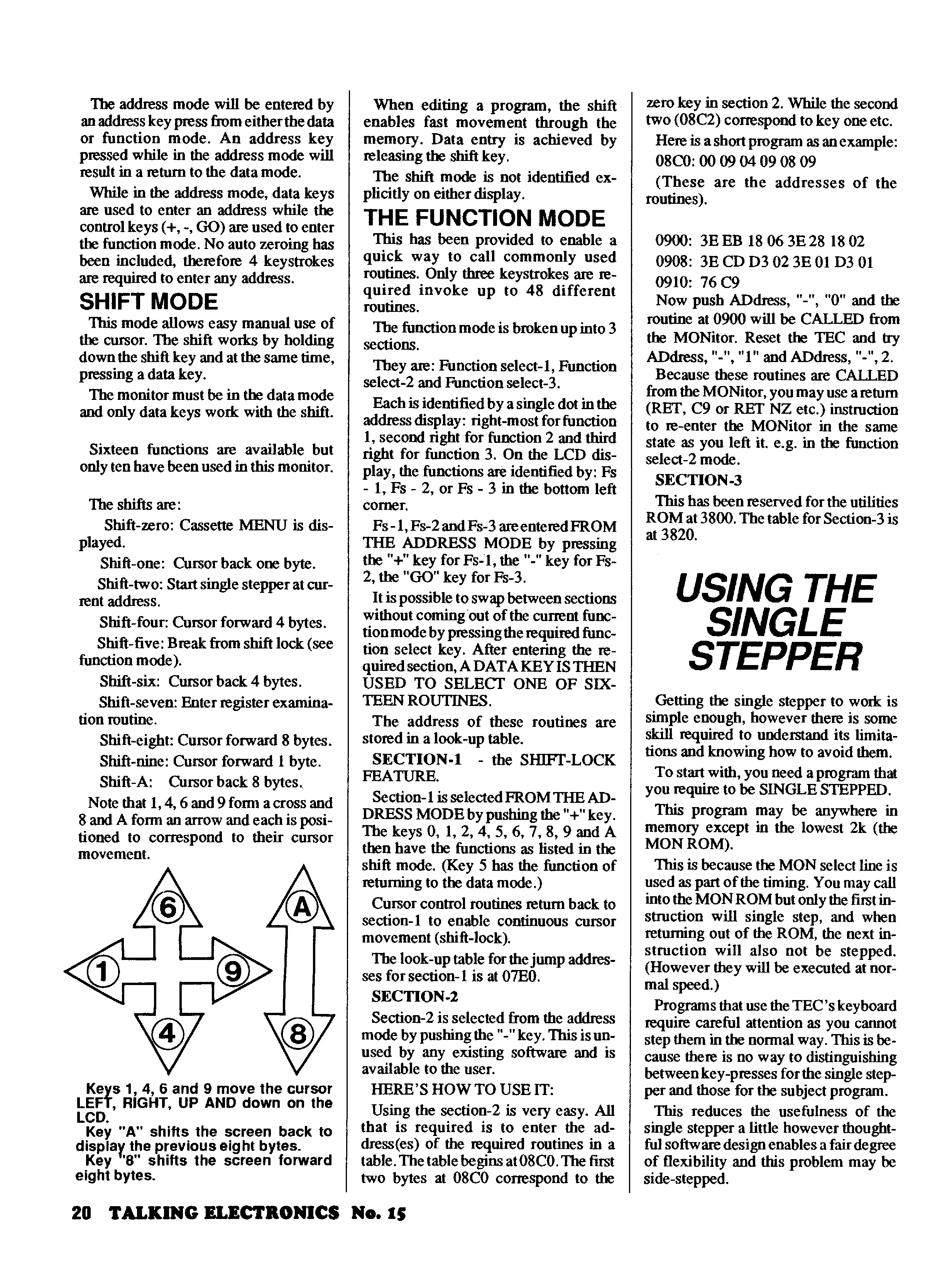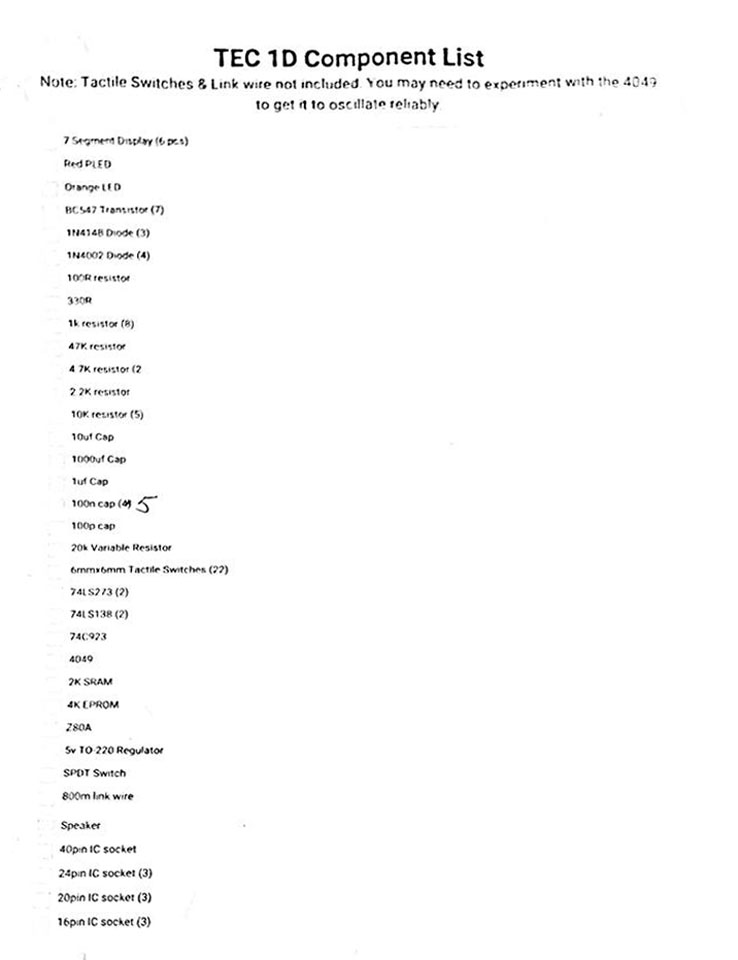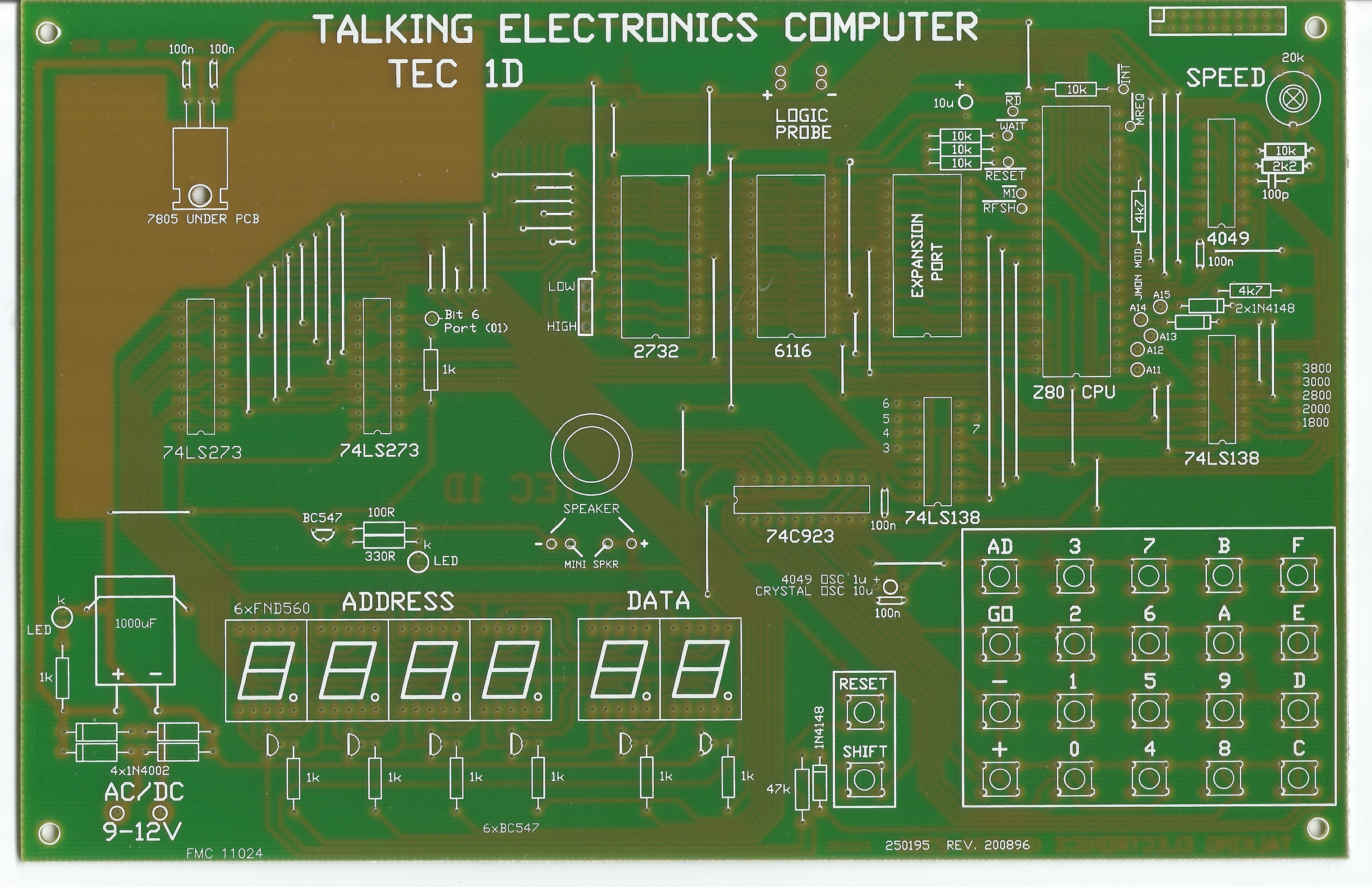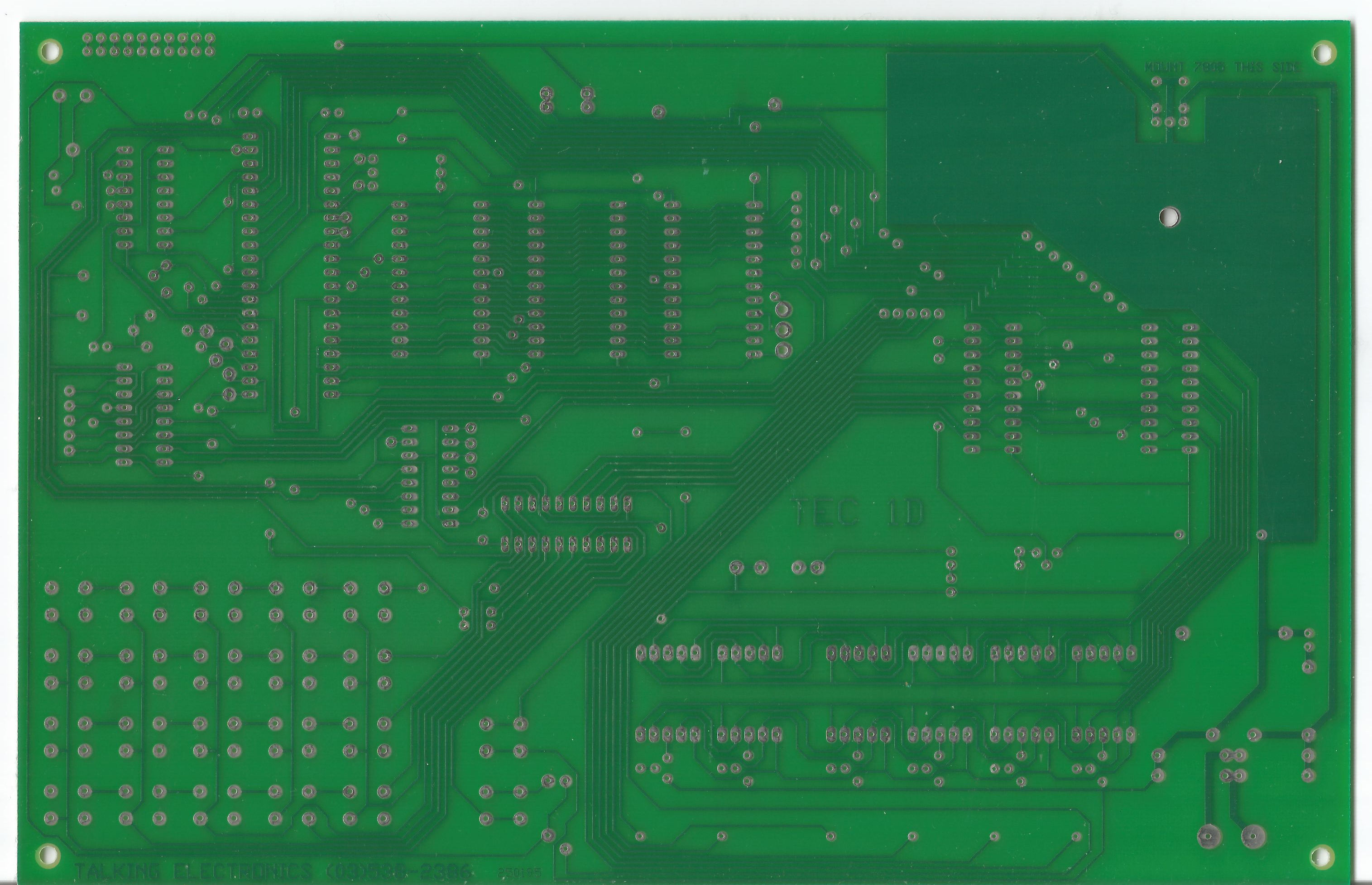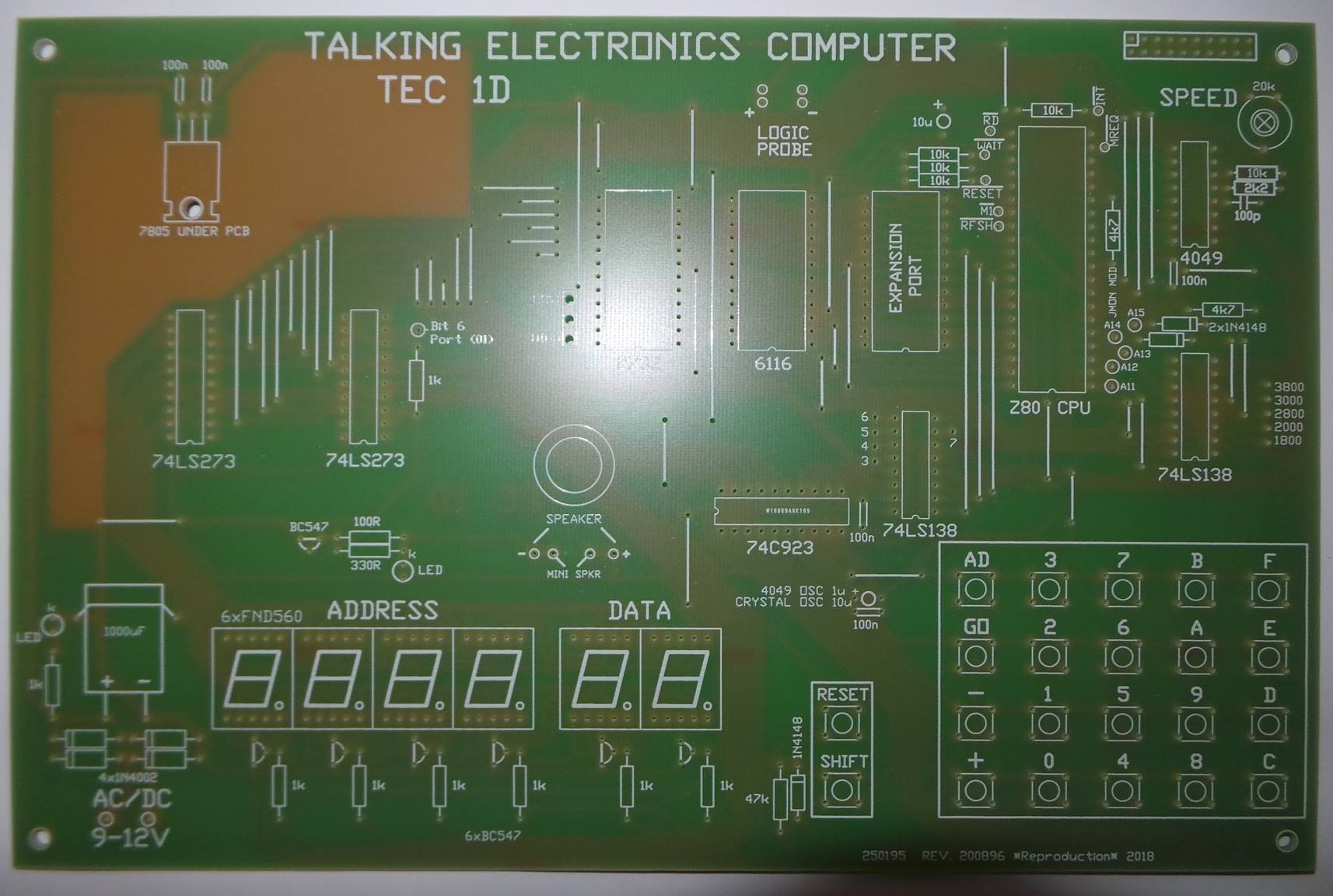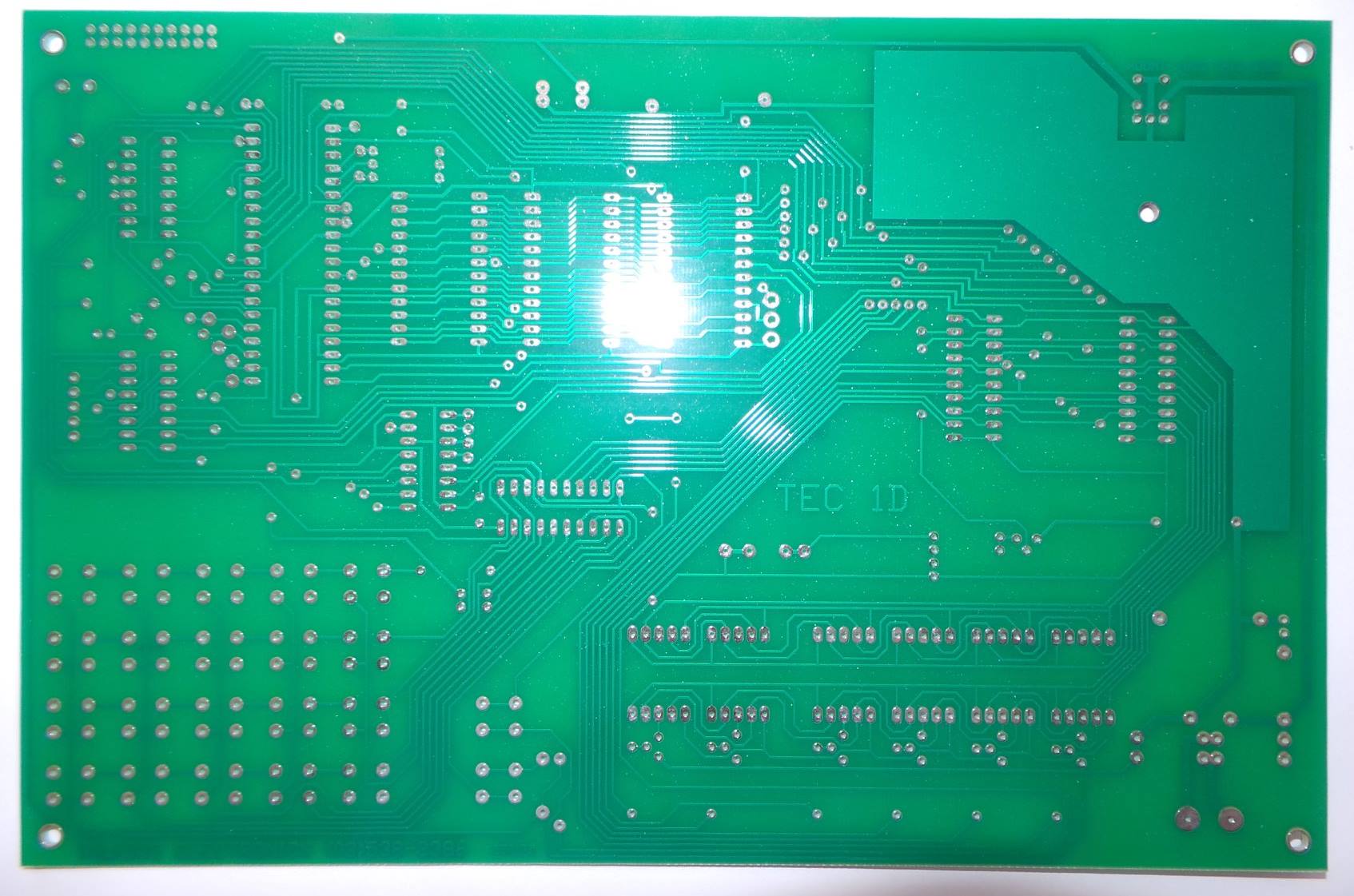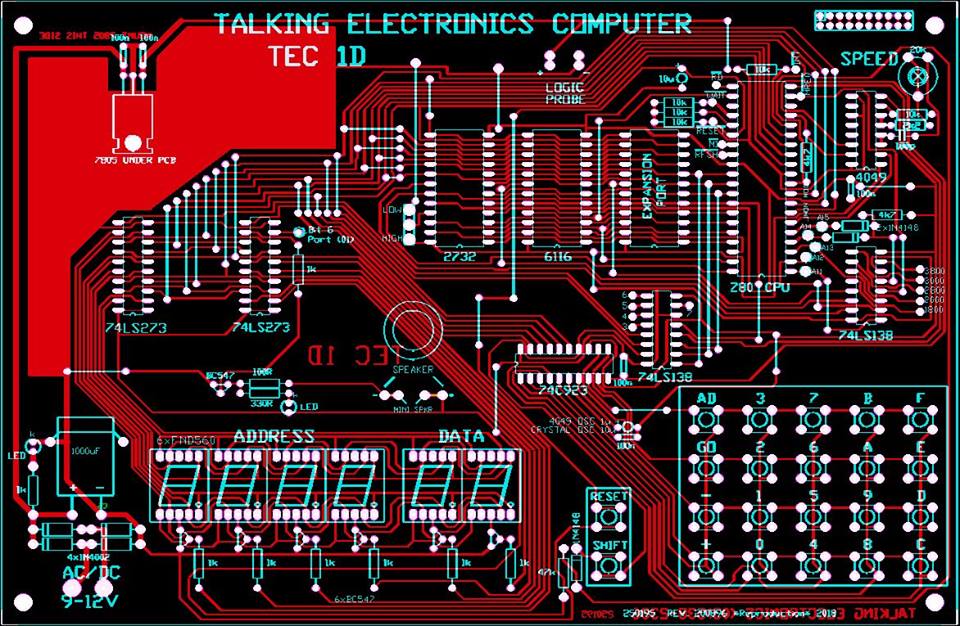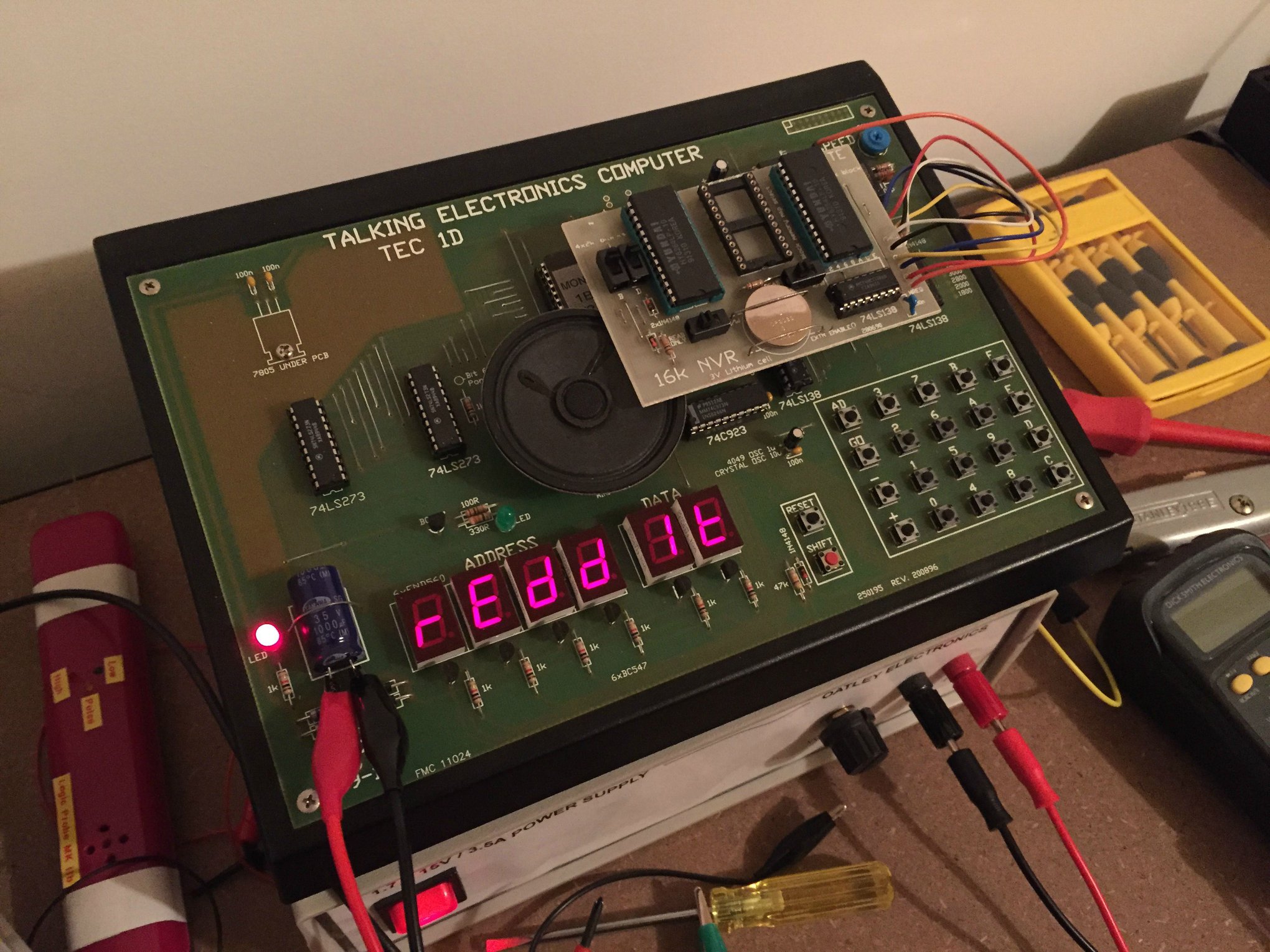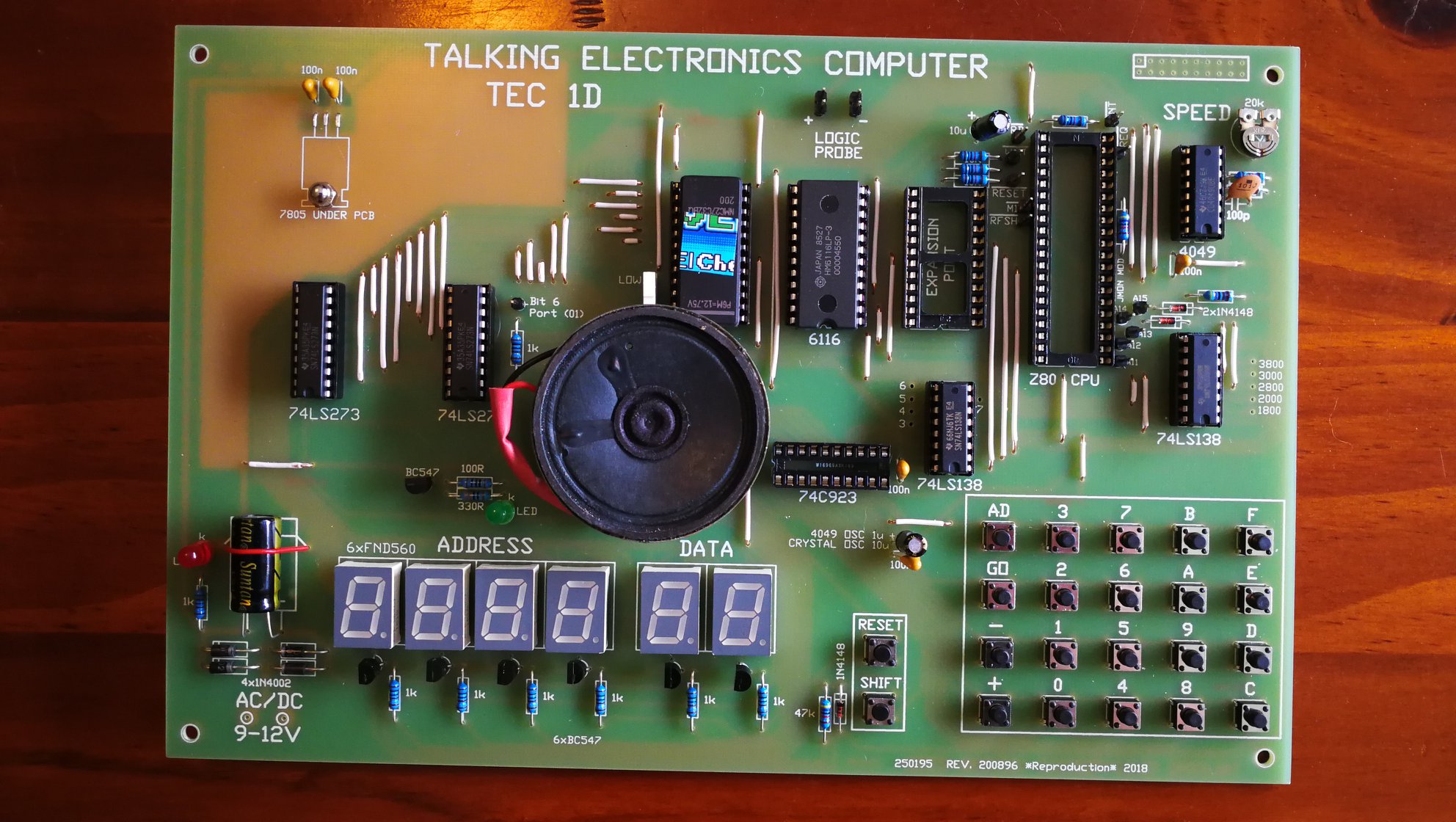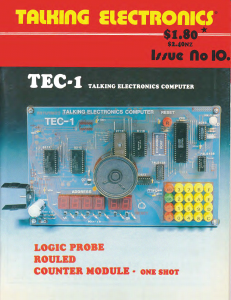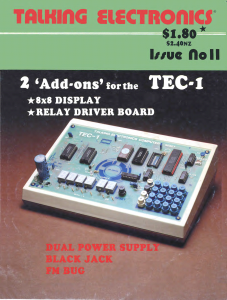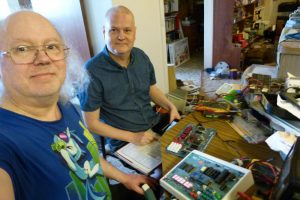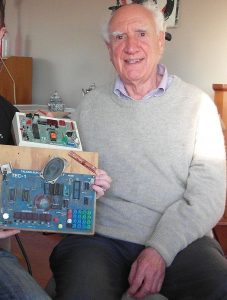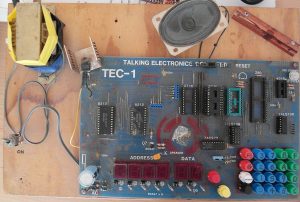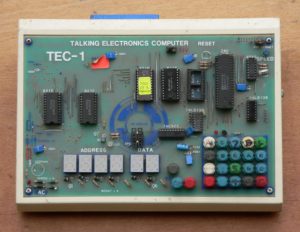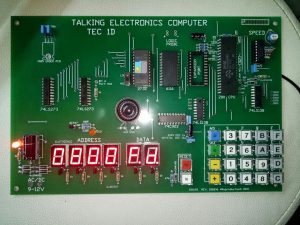Category Archives: tec-1
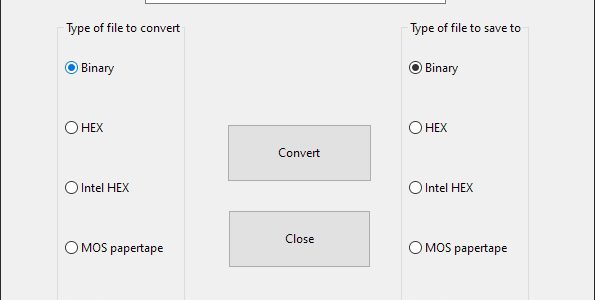
Convert to Papertape V2.2
On the Utilities page I have two programs to convert to MOS Technology papertape format: KIMpaper, a command line utility, and ConvertHexFormat, a GUI app.
All in Freepascal/Lazarus source format, and tested on Linux (Raspberry PI OS) and Windows 10 64 bit. So the programs will run everywhere Lazarus is available (MS DOS, WIndows, Linux Mac OS).
KIMPAPER is written at the time the Micro-KIM appeared. CLI utility. Supports Binary to/from Papertape. Still runs fine on all platforms supported by Freepascal (Windows, MS DOS, Linux etc) after a recompilation, source available.
ConvertHexFormat is a more recent GUI utilitilty with many more 8 bit hex formats as input and output.
There were some bugs of course in older versions. V2 added the ability for multipart hex formats, records having a non-consecutive load address. That seems to wok fine since V2.1
In 2.2 a bug in MOS Papertape format for bigger files is fixed, the end-of-file record (record type 00, total line count) had a bug in the checksum calculation. KIMPAPER is and was correct in the calculation.
But in ConvertHexFormat it was wrong (as it still is in the well known srec utility in the Unix world!).
See also:
Focal-65 V3D for TIM and KIM-1
John Bell Engineering catalogs
New KIM-1 info and more
KIM-1 Simulator simple demo
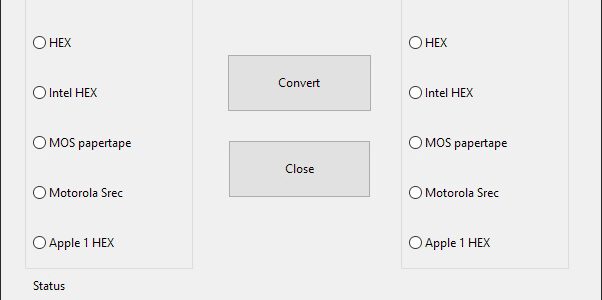
PC utilities updated
The PC utilities page has seen an update of th4 Conversion hex formats utility.
Programs to manipulate the binary and hex formatted files of interest for SBC owners. Intel hex, MOS papertape, Motorola S-record, binary, hex conversion fort eh 8 bit world.
Runs on Windows, Linux, Mac due to Lazarus and Freepascal. Source included.
See also:
Focal-65 V3D for TIM and KIM-1
John Bell Engineering catalogs
Cosmicos donation
New KIM-1 info and more
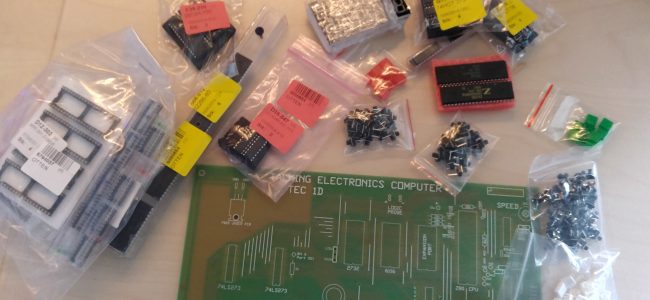
My TEC-1D
I bought a PCB from Ben Grimmett, active on ebay and on the facebook group “Australian Vintage Computer Group”
Parts ordered from China Ali Express and Reichelt Germany. Found very nice 6 mm tactile switches with transparant replaceble caps, so the command letter of the key command can be printed, cutout and inserted.
Also ordered the Writable ROM module Ben designed to replace the 2732 with. Easy to program, test, change system ROMS all from the PC!
This page will document the build.
See also:
TEC-1 system ROMS
TEC-1D
TEC-1B
TEC-1 addons
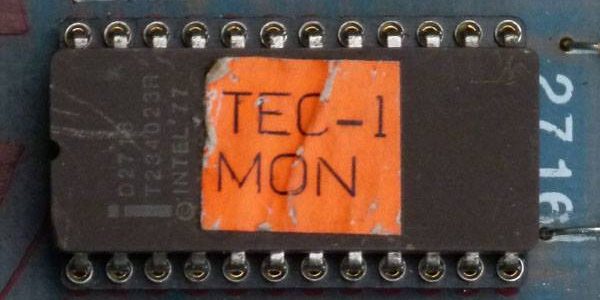
TEC-1 system ROMS
Archive with all ROM images, sources, instructions, articles
## Mon-1
by John Hardy
The orginal ROM that shipped with the TEC-1 in 1983
Included:
– original BIN binary of ROM
listing in HEX format
listing in disassembled LST format
Reconstructed, labelled and annotated listing in Z80 ASM format
Licensed under the GPL public license v3.0
## Mon-1A
by John Hardy with portions written by Ken Stone
This ROM added a sequencer routine at 0x05b0
Included:
– original BIN binary of ROM
– listing in HEX format
– listing in disassembled LST format
– reconstructed, labelled and annotated listing in Z80 ASM format
Licensed under the GPL public license v3.0
## Mon-1B
by John Hardy with portions written by Ken Stone
A maintenance release which cleans up some junk at 0x07E2 that was added with Mon-1A
Included:
– original BIN binary of ROM
– listing in HEX format
– listing in disassembled LST format
– reconstructed, labelled and annotated listing in Z80 ASM format
Licensed under the GPL public license v3.0
## Mon-2
by Ken Stone
A rewrite of the monitor ROM
Included:
– original BIN binary of ROM
– listing in HEX format
– listing in disassembled LST format
– reconstructed, labelled and annotated listing in Z80 ASM format
Licensed under the GPL public license v3.0
## JMON Monitor
by Jim Robertson
Included:
– original BIN binary of ROM
– listing in HEX format
– listing in disassembled LST format
– Listing in Z80 ASM format
– Fully commented source listing by Jim Roberton (PDF)
Licensed under the MIT license
## Utilities / Disassembler ROM
by Jim Robertson and Mike Donaghy
Included:
– original BIN binary of ROM
– Listing in Z80 ASM format (needs more work)
– Fully commented source listing by Jim Roberton (PDF)
Licensed under the MIT license
See also:
My TEC-1D
TEC-1D
TEC-1B
TEC-1 addons
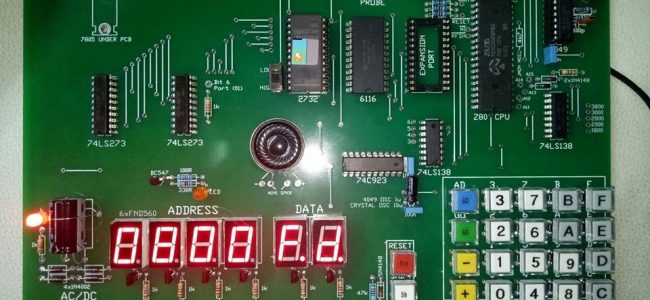
TEC-1D
The TEC-1C and TEC-1D were designed after the last issue of Talking Electronics was published. So no articles to show here, only a component list.
The design is identical to the TEC-1B. Only the PCB had some improvements, simple cheap tactical switches are used for example, function names are printed as part of the silkscreen on the PCB.
While the original TEC-1D is still available as a kit from Talking Electronics, a recent production run of the PCB as Reproduction 2018 is available from Ben Grimmett via ebay e.g. The latest is double sided, so no more wires!
See also:
John Bell PN 80-Z80
PC Tools
My retro toolchain
Micro-Professor MPF-1B

TEC-1B
The TEC-1B is an incremental upgrade to the TEC-1A.
The SHIFT key is now standard. The 8212 latches are replaced with 74LS273 IC’s, easier to buy.
The EPROM socket now accepts a 2732, double the TEC-1B 2716. With a switch either the lower or upper part ar switched into Z80 memory space. This allows the old MON1B and newer MON2 ROM to be used, so compatibility with older programs is achieved.
Publsihed in Talking Electronics issues 13 and 14. PDF of the articles here.
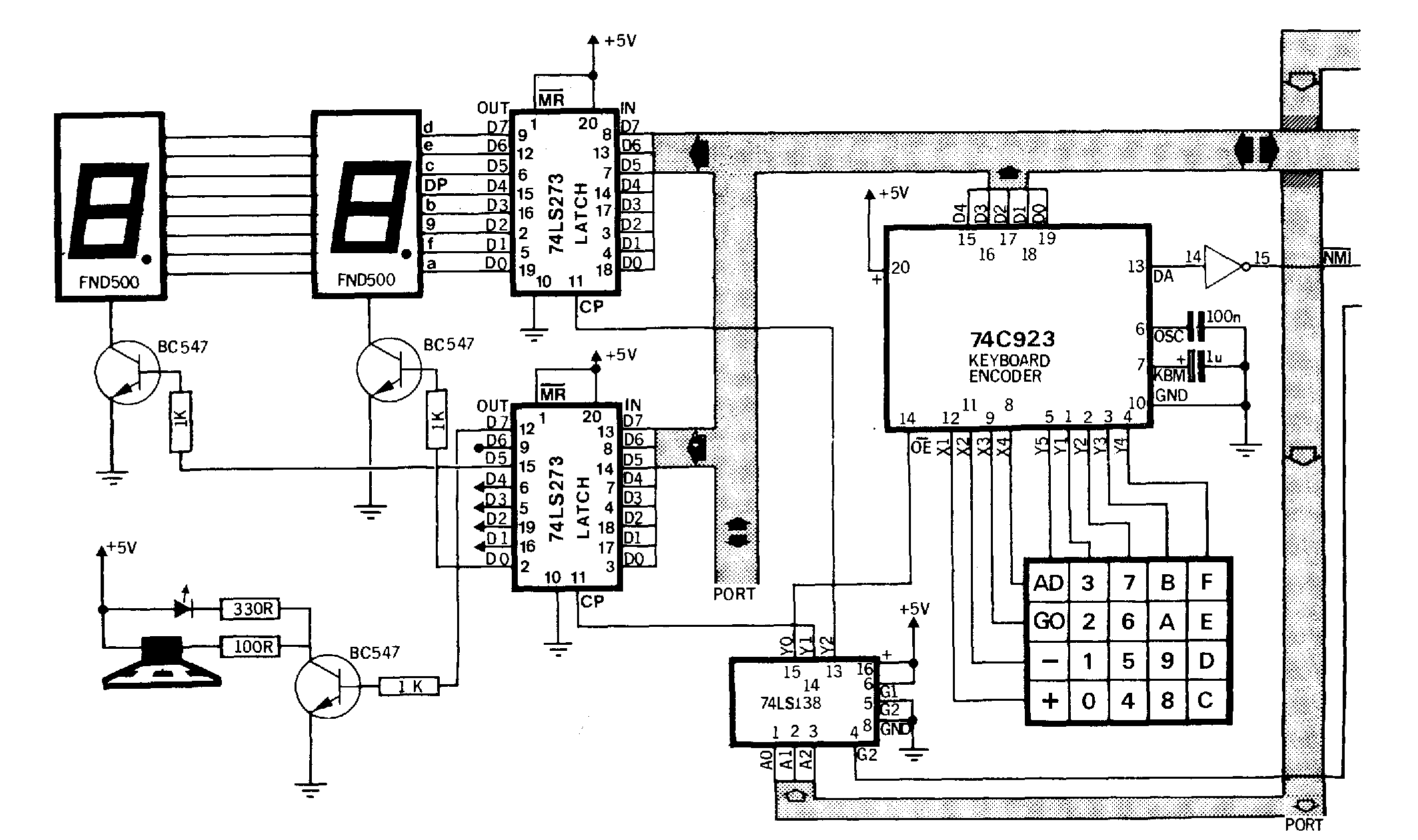
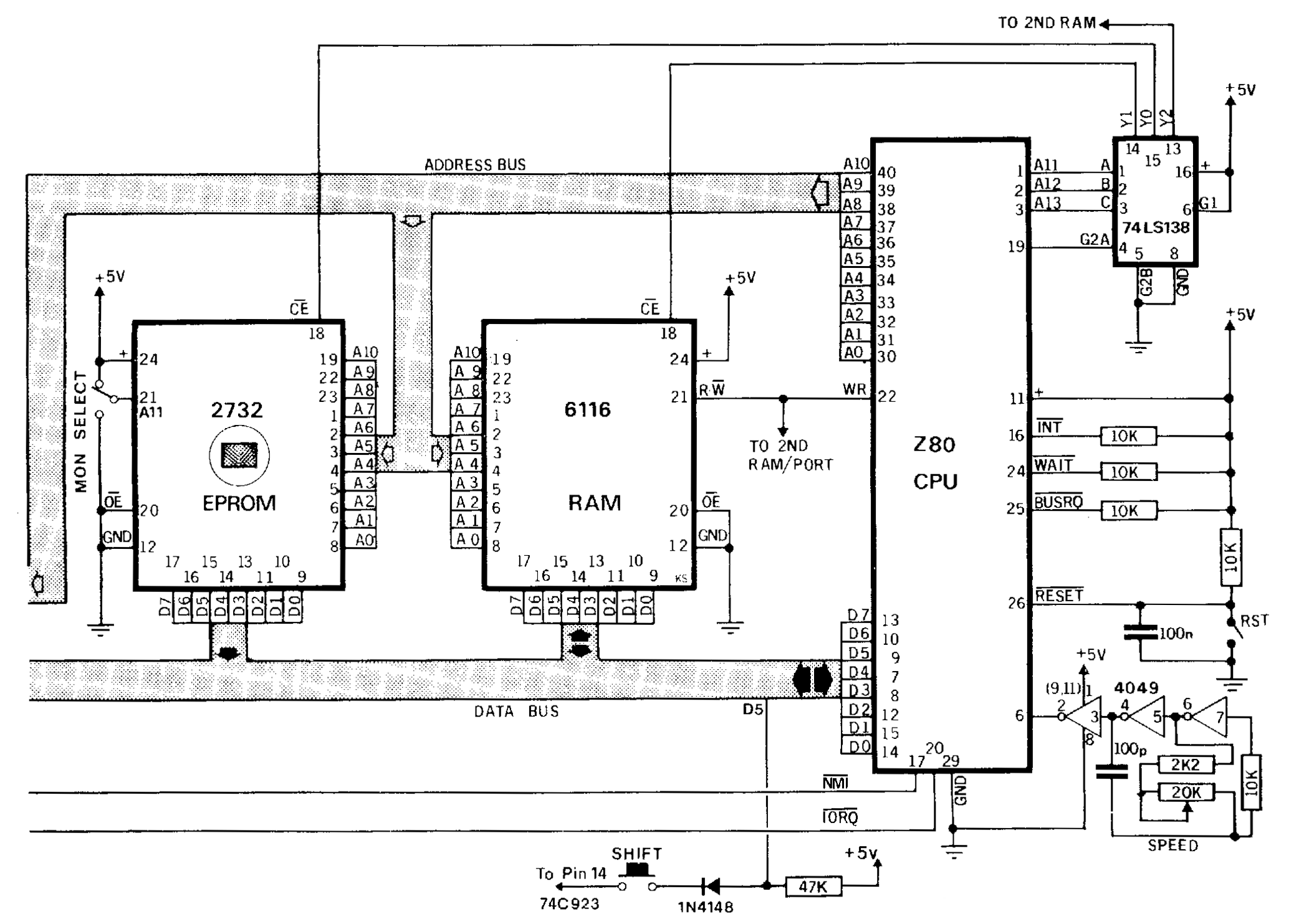
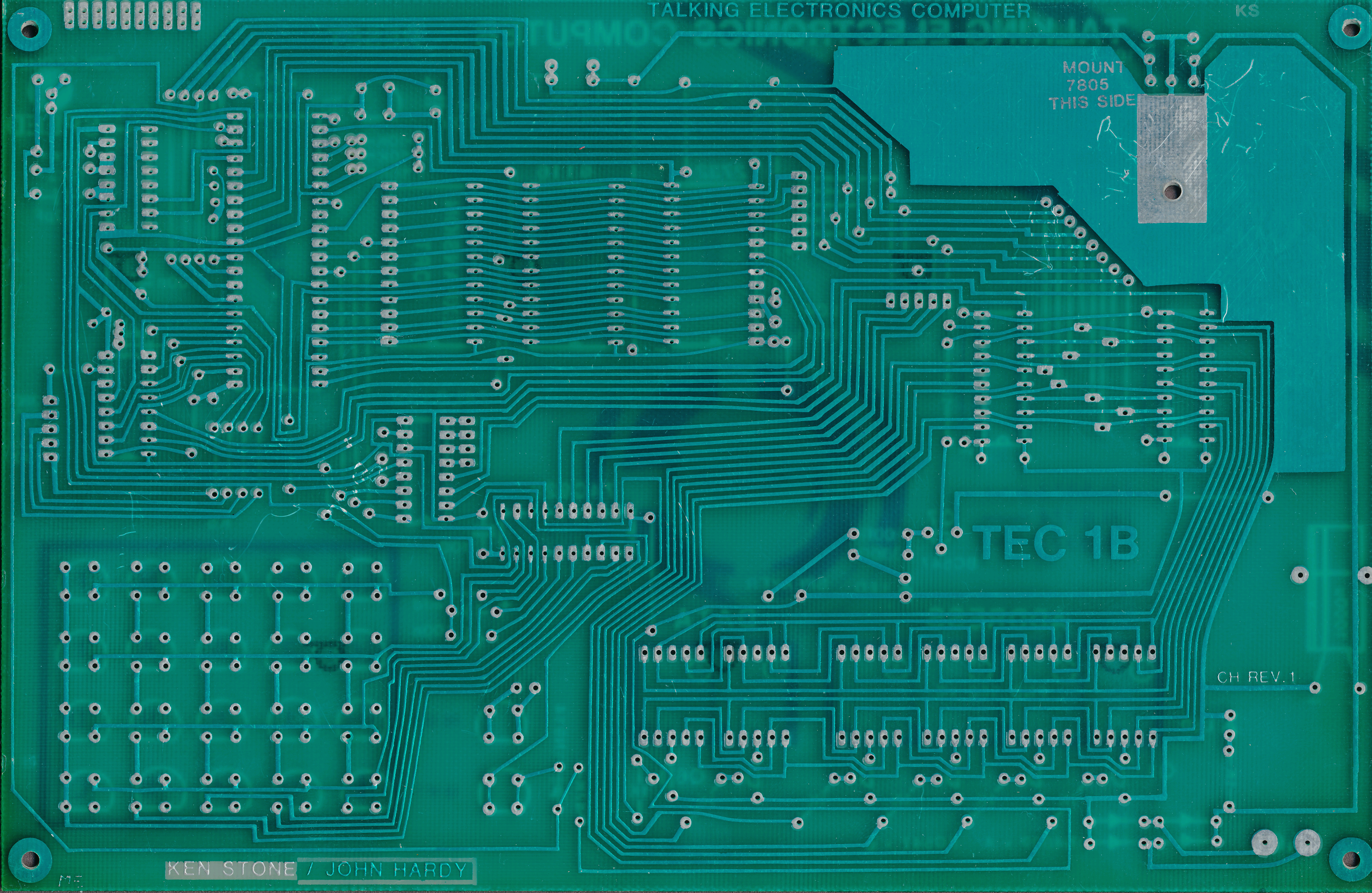
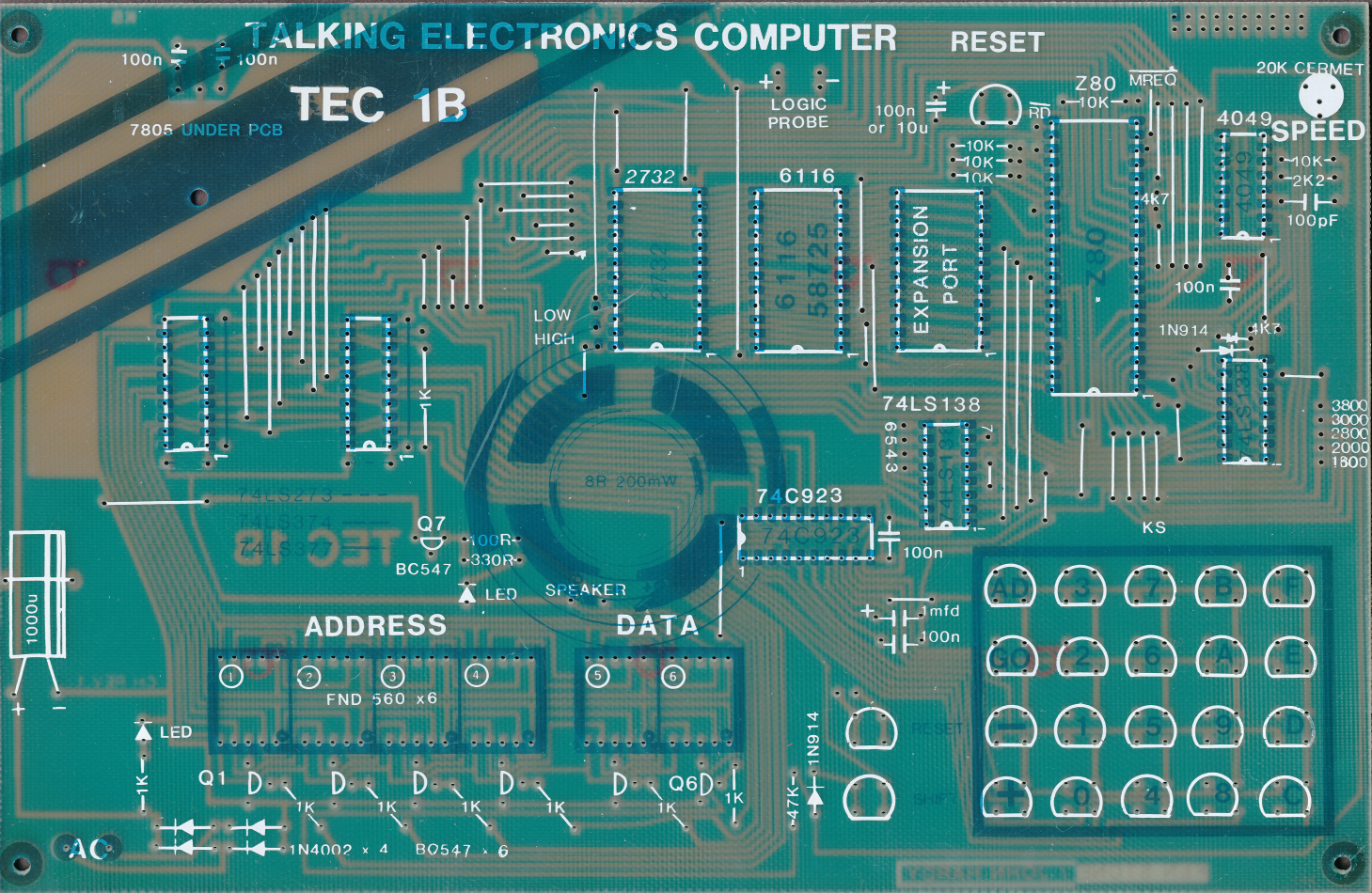
See also:
My TEC-1D
TEC-1 system ROMS
TEC-1D
TEC-1 addons
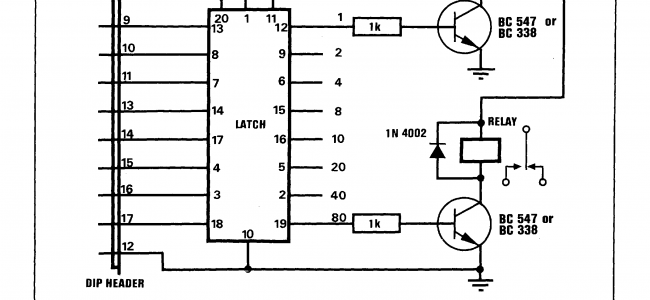
TEC-1 addons
Addons published, most of those to be inserted in the expansion connector, so one at a time.
The crystal oscillator gice the TEC-1 a real crystal fixed clock.
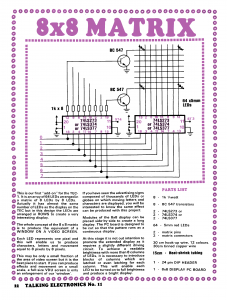 8×8 matrix
8×8 matrix
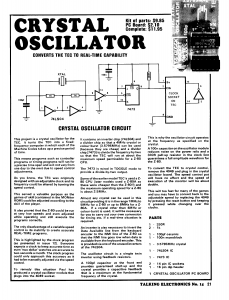 Crystal oscillator
Crystal oscillator
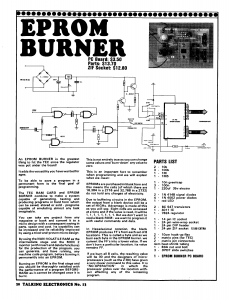 EPROM burner
EPROM burner
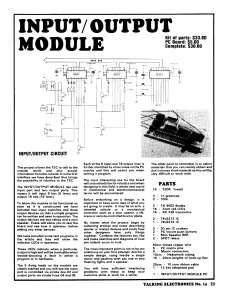 Input Output module
Input Output module
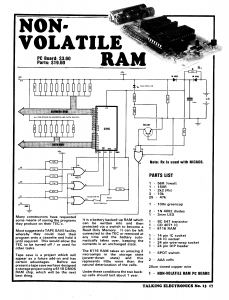 NVRAM
NVRAM
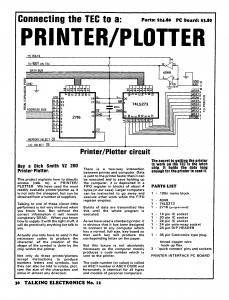 Printer plotter
Printer plotter
 RAM stack
RAM stack
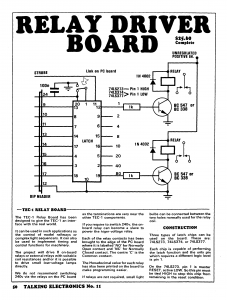 Relay board
Relay board
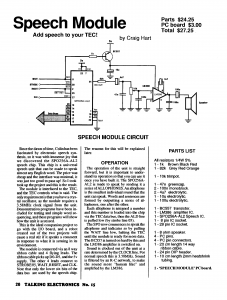 Speech module
Speech module
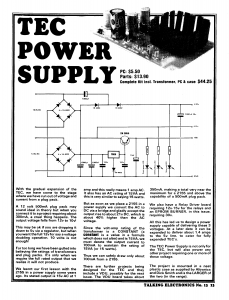 TEC Power supply
TEC Power supply
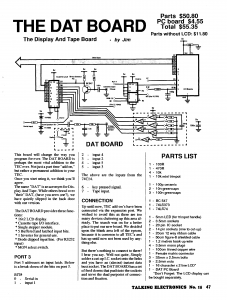 The DAT board
The DAT board
See also:
John Bell PN 80-Z80
PC Tools
My retro toolchain
Micro-Professor MPF-1B
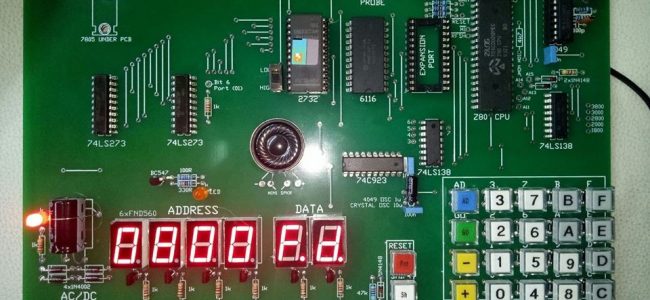
Talking Electronics TEC-1
The TEC-1 is a single-board kit computer introduced by Talking Electronics in the early 1980s. The design by John Hardy and Ken Stone was based on the Zilog Z80 CPU, had 2K of RAM and 2K of ROM in a default configuration. Later versions used a 4k ROM with two different versions of the monitor software, selectable via a switch. This allowed the early software presented in the magazine to be used with the later version of the TEC-1. It was featured in 1983, in Volume 1, Issue 10 of the Talking Electronics magazine.
Talking Electronics or TE was an Australian electronics magazine from the 1980s aimed at beginners and hobbyists, founded and produced by Colin Mitchell in Cheltenham, Australia. The general magazine lasted 15 official issues, but there were many one-off publications produced in addition to the issue-based magazine. Some of these included the FM Bugs series of books, The Electronics Notebook series, and model railway projects. The first issue was in 1981, with the last issue being #15 in May 1989. Colin Mitchel has still an operational Talking Electronics website and business.
Versions of the TEC-1:
– TEC-1
– TEC-1A Change to 74LS374/74LS377 latches, other PCB changes.
– TEC-1B Addition of Shift key.
– TEC-1C Released after issue 15.
– TEC-1D Released after issue 15.
– TEC-1D Reproduction by Ben Grimmett in 2018 based upon the PCB artwork of thr TEC-1D
– TEC-1 Wicked Emulator
Information on the TEC-1 in the following pages:
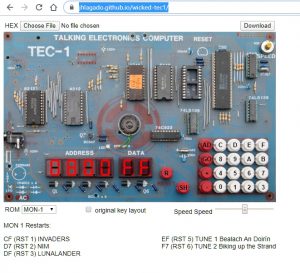 TEC-1 emulator website with all known ROM variants.
TEC-1 emulator website with all known ROM variants.

